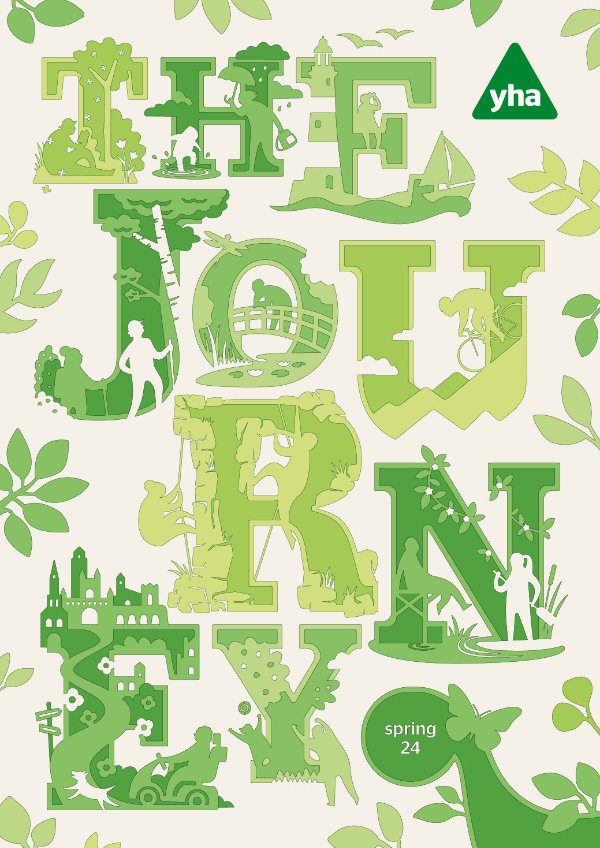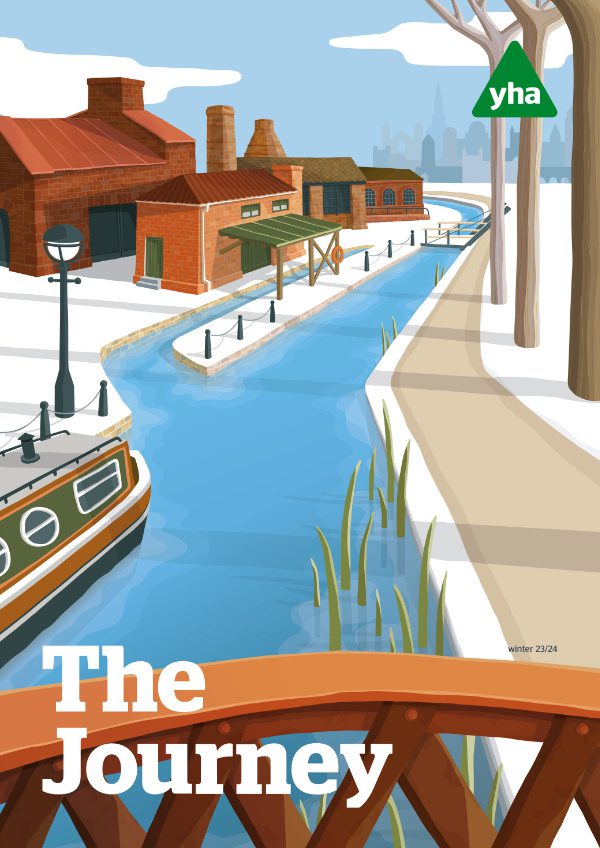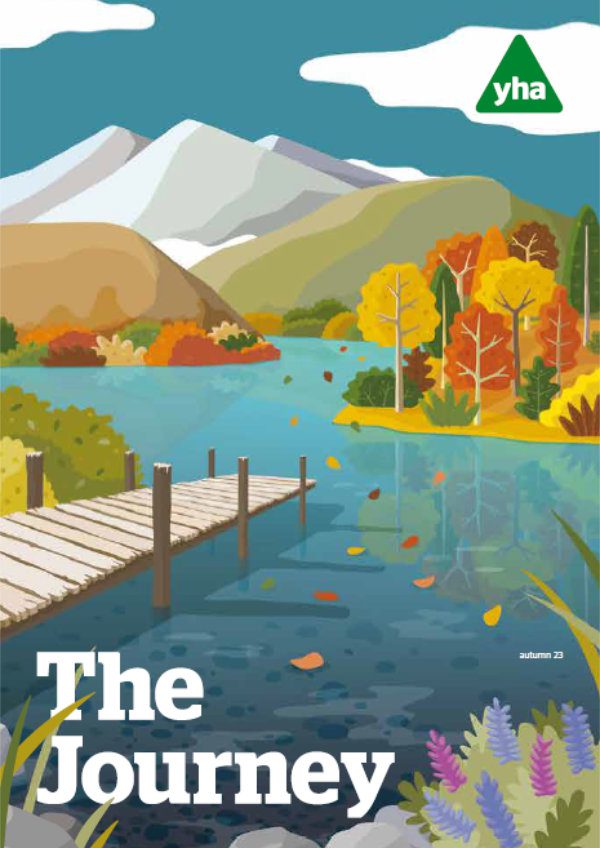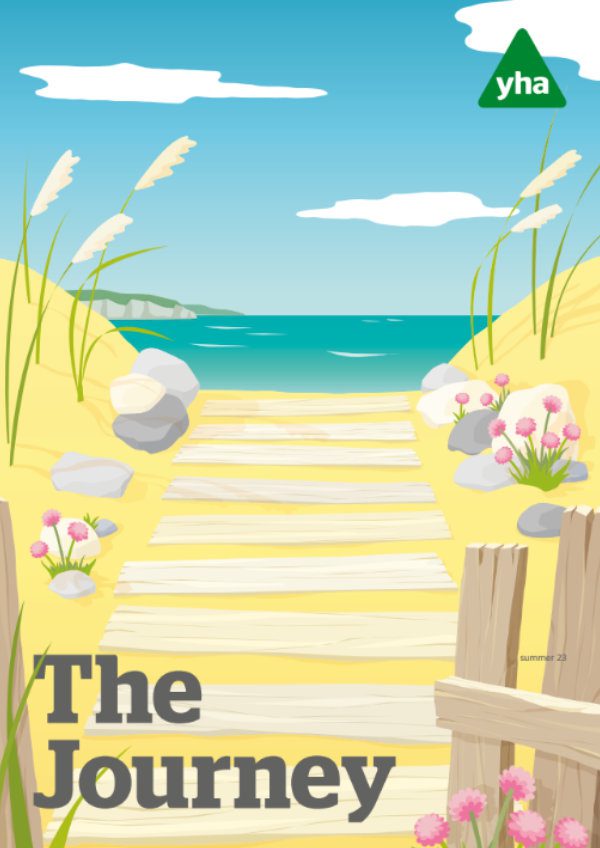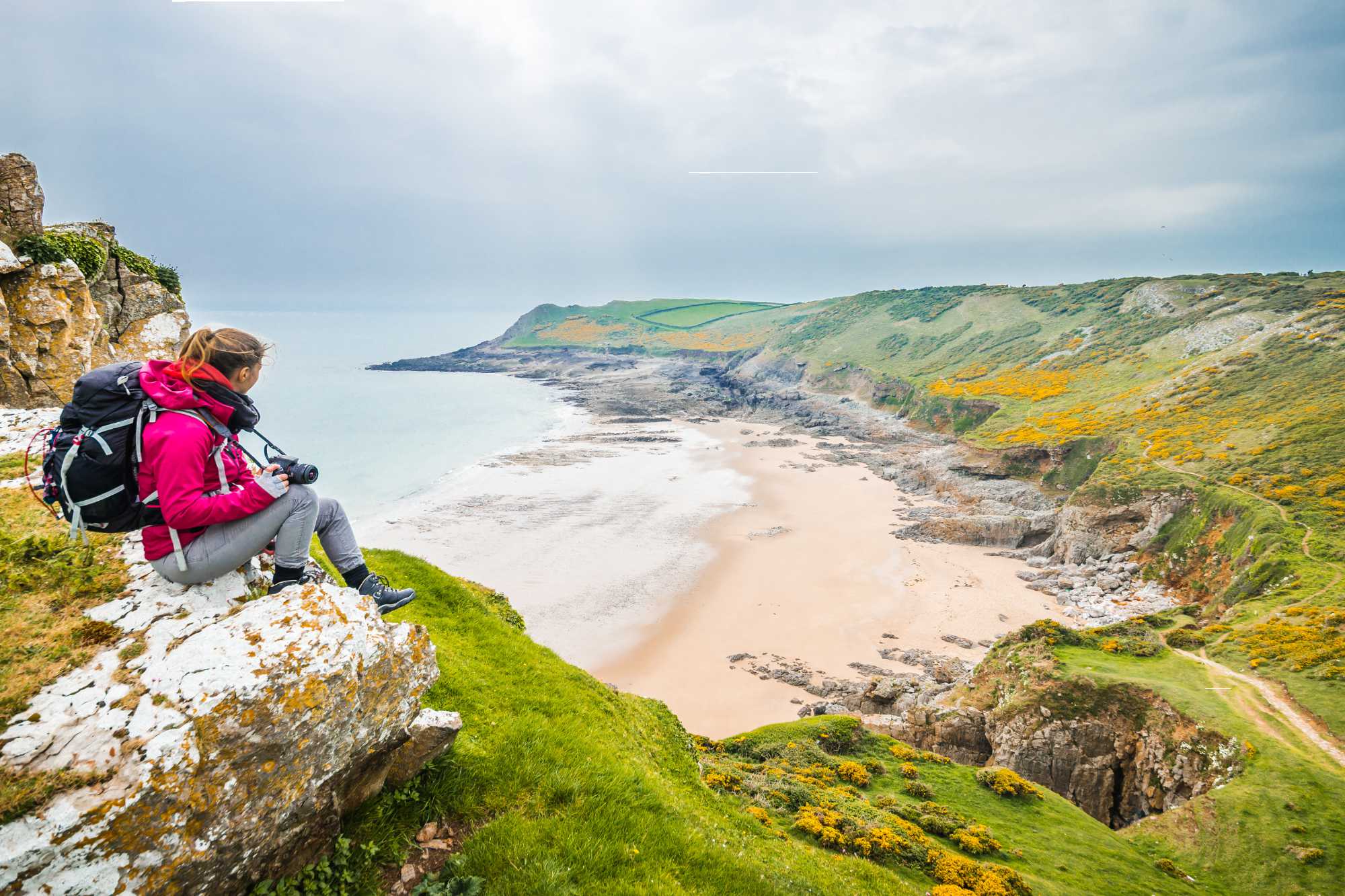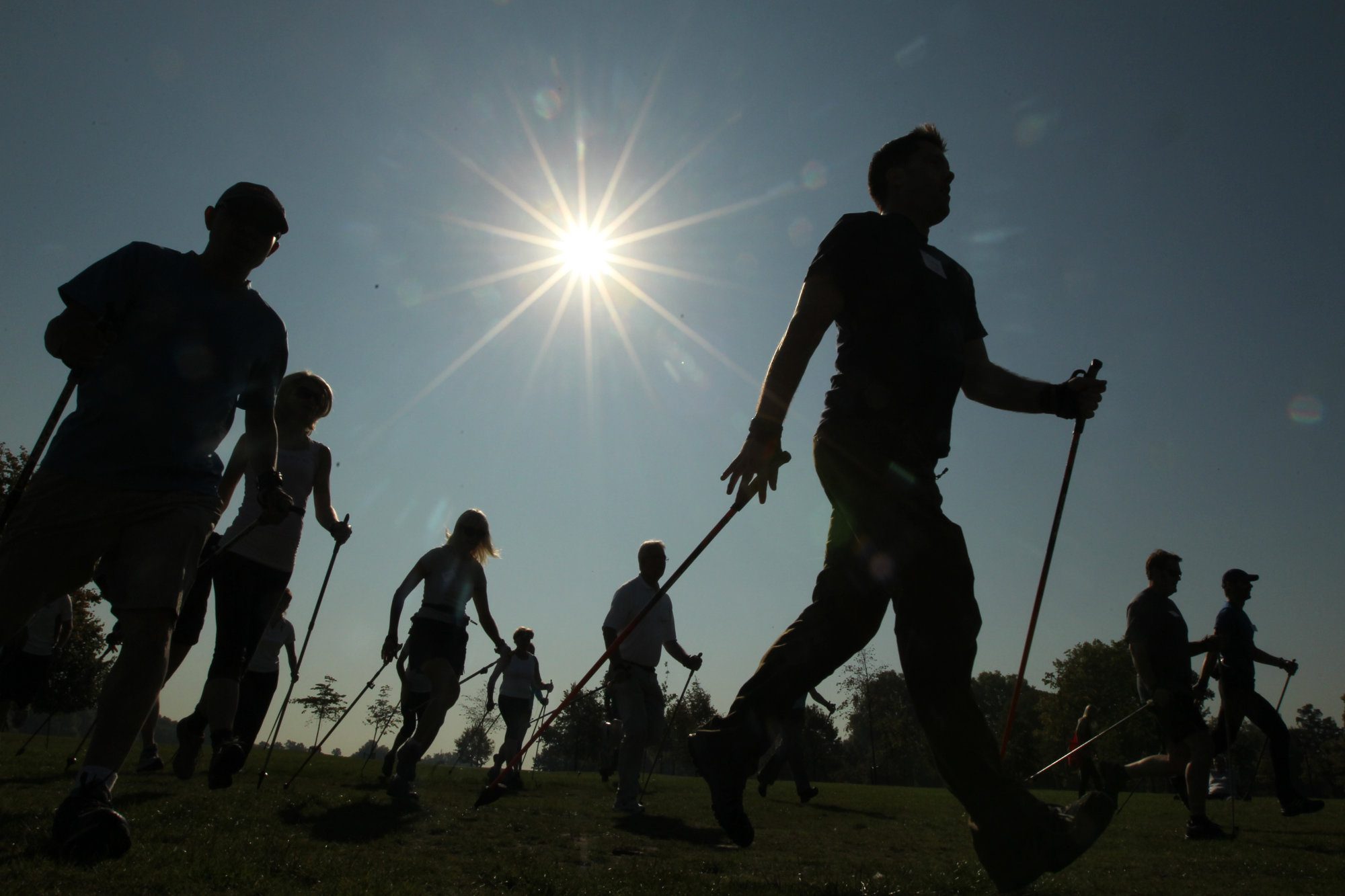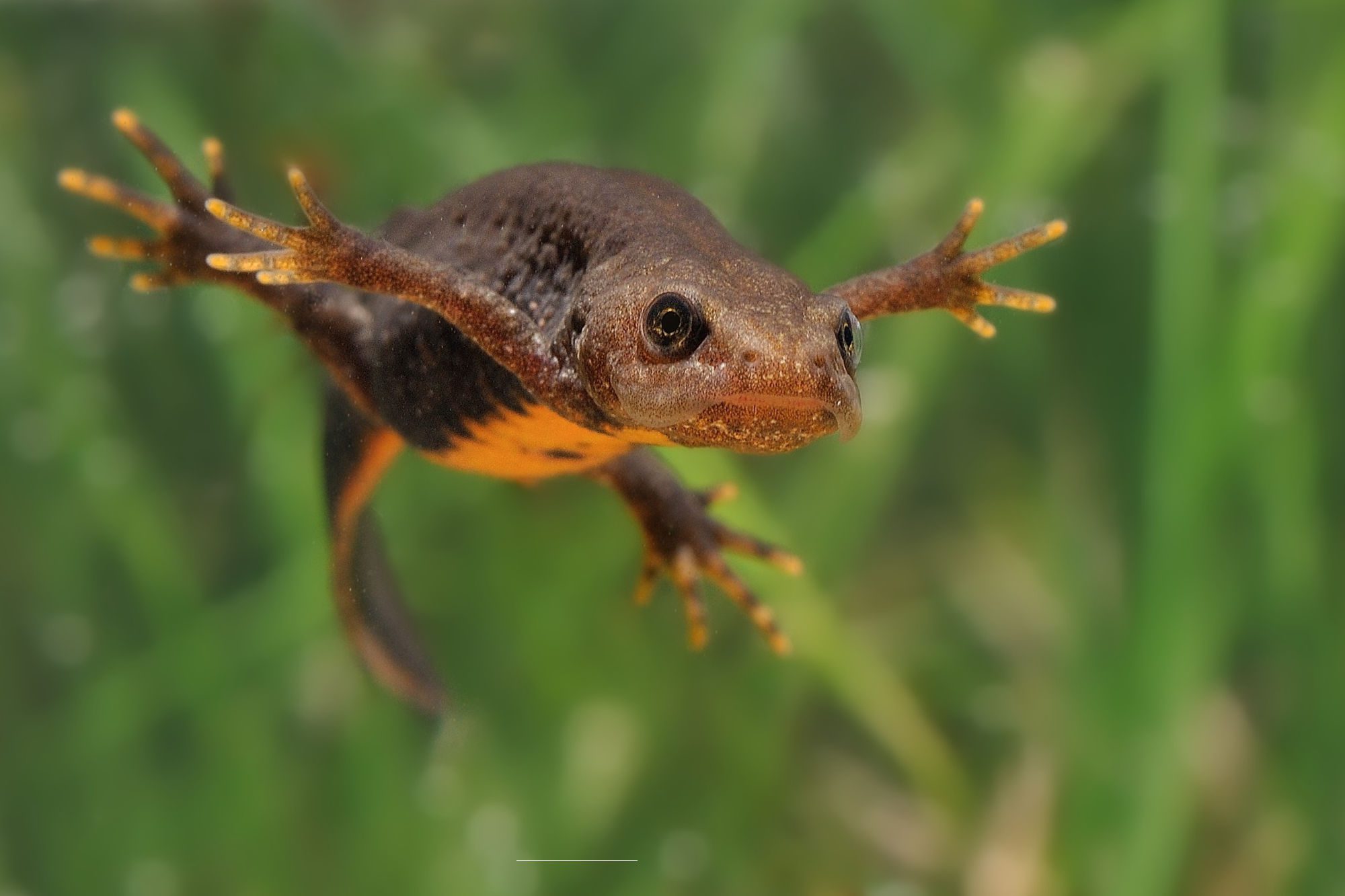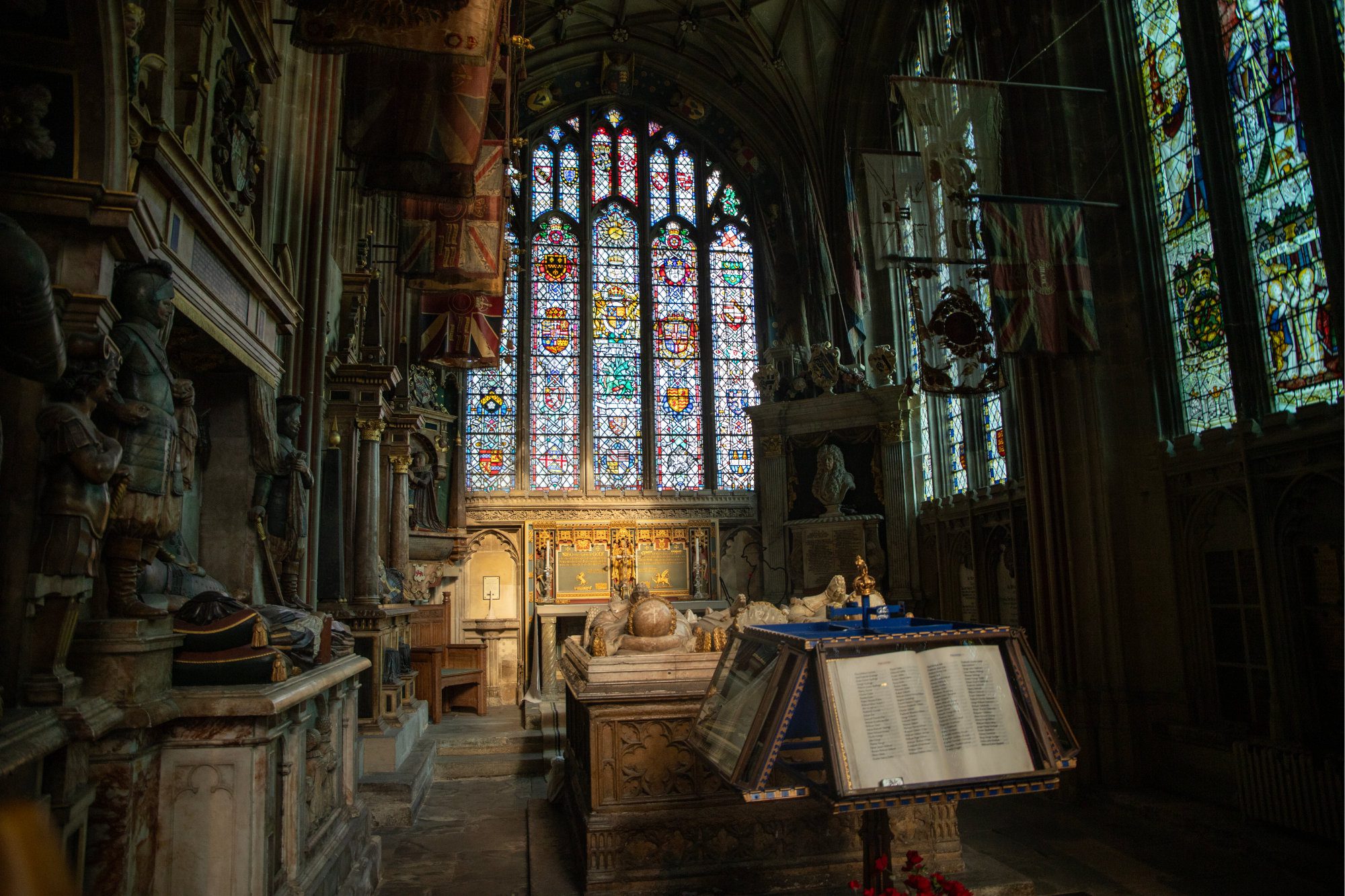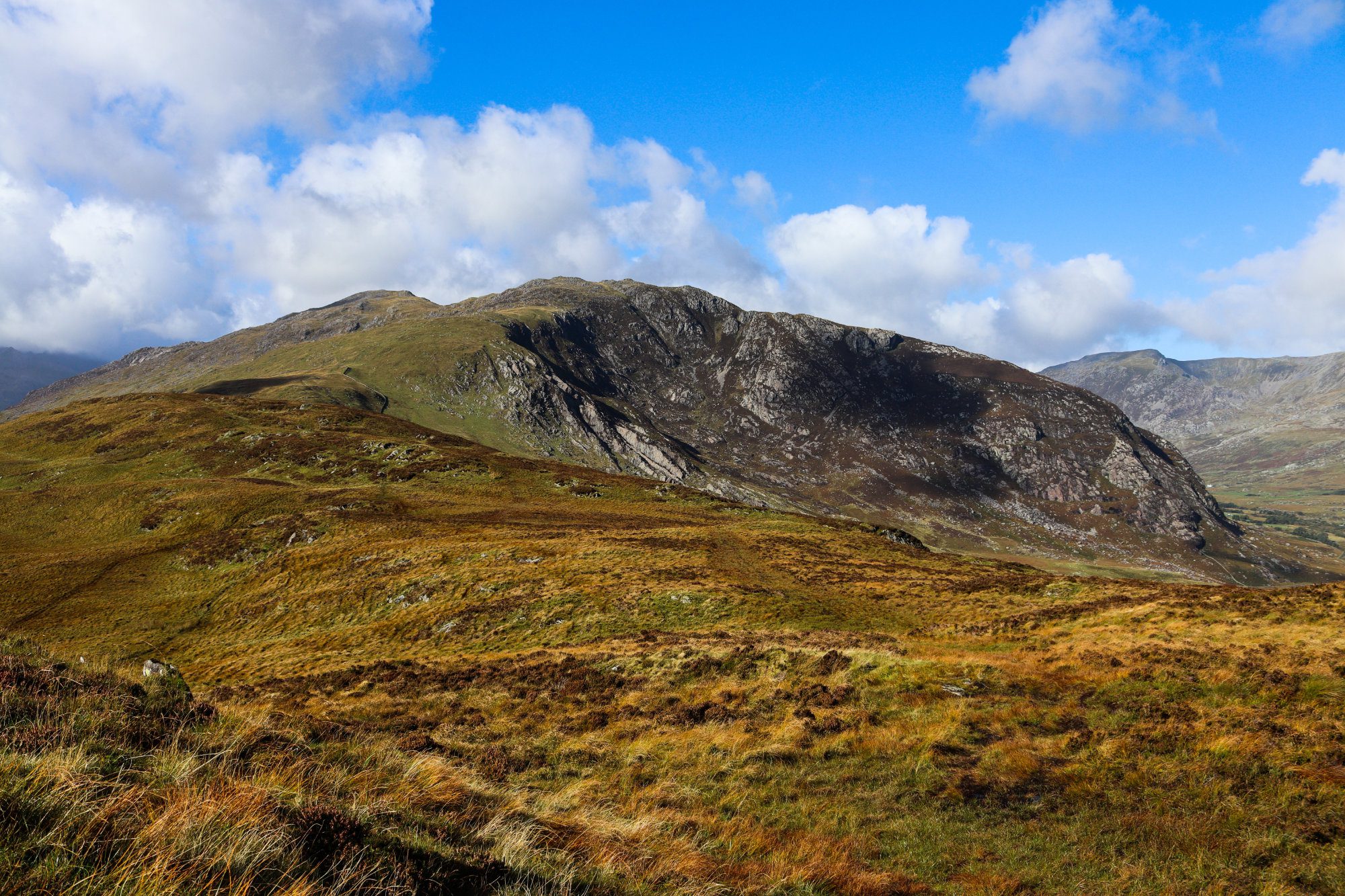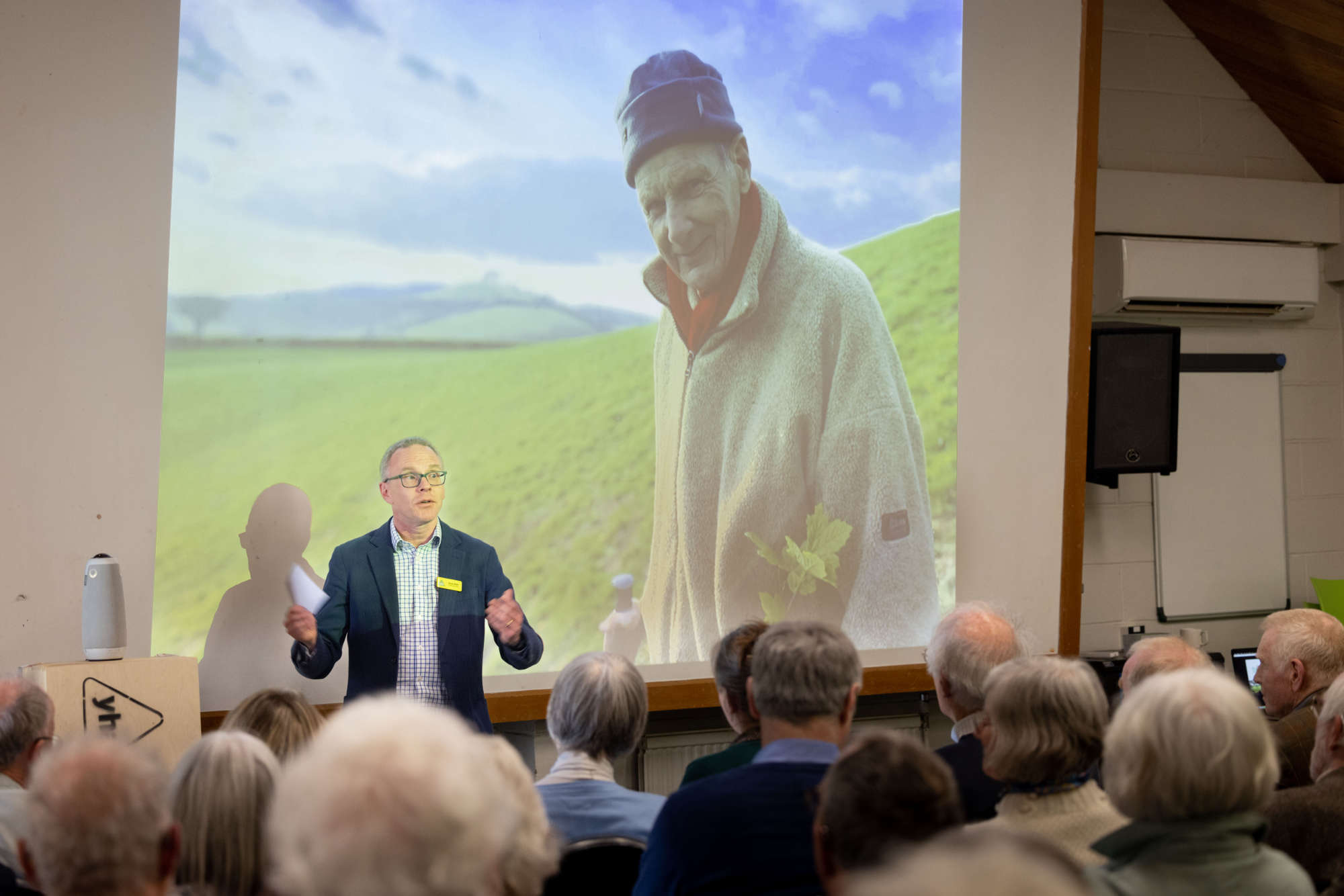Fifteen thousand species, eight million trees, protected habitats, lakes and waterways teeming with life, forests and plains. Welcome to London in 2023.
Step off the train at London Victoria or King’s Cross and you’re met with a jumble of busy people, honking taxis and huffing buses. The odd tree or planter might be the only green you see. So how is it that, in July 2019, London became the world’s first National Park City?
“Up until London got that recognition four years ago, the only ecosystems which didn’t have any kind of National Park status were cities and urban areas,” Mark Cridge, executive director of National Park City, tells The Journey. “But cities can be incredibly biodiverse and rich in nature. London, for instance, is almost 50% green and blue space.”
A surprising statistic, perhaps, but very much true — and it also taps into something deeper. When a status like this is assigned to a place, it changes how visitors interact with it. Across Britain we have National Parks, Areas of Outstanding Natural Beauty, Sites of Special Scientific Interest, Special Areas of Conservation and Marine Conservation Zones. Each of these has the potential to enrich the natural world and restrict developments that might harm it. Apply National Park status to a city, meanwhile, and the positive effects can go beyond biodiversity and reach into wellbeing, community and public health.
“By thinking of London as a National Park City, it helps people imagine different futures for living in the city,” Mark adds. “It helps us re-establish that essential connection with nature, which is a really important step in building a broad consensus and understanding what’s needed to tackle the climate and biodiversity crises. It also helps tackle social problems by getting people to spend time outdoors together. Being immersed in nature is so important for health and wellbeing, not just of individuals but of whole communities.”

If you visit a town or city park near you over the next couple of months, the chances are it might be filled by anything from children having a kickabout to couples and families tucking into picnics. In the evenings, you might find a yoga class, or a rugby team in summer training. There’ll be birthday parties and games of ultimate frisbee, Sunday morning jogs and lazy evenings with a beer. Green spaces, in other words, can be seen not only as the lungs of a town or city, but as their heartbeat.
York, an ancient city ringed by walls and clustered with buildings, was recently named the British city with the most parks per 100,000 people (it has 15, if you’re counting). A spokesperson for The Friends of Rowntree Park group told local paper The York Press: “It’s fantastic that the people of the city have good access to parks and green spaces. These are so important to our physical and mental health.”
Visit Cambridge or Oxford, Manchester or Bristol, and those green spaces are there. The best part is that you can make these cities even greener. As Mark Cridge says: “Everyone can take steps to make their own neighbourhood greener, healthier and wilder, whether that’s on their own front lawn, or working together as a community to create community gardens or pocket parks — or even indulging in a spot of guerrilla gardening.
“National Park City status is about the whole place and landscape, so in some ways it’s as much about getting people active outside and bringing together arts, culture, sports, as it is a connection with nature and green pursuits. But underpinning all of this is that fundamental reconnection with urban nature as a key starting point for seeing the city and your own local community differently.”

London National Park City has launched a ranger programme to support people who are already active in the area, offering access to training, equipment and funding, as well as networking with like-minded people in the community, whether that’s a schoolteacher, an allotment hero or an eco-artist. “It only takes a small spark to get community action going,” adds Mark, “and it’s an open invite for more people to support things in any way that they can. It’s not all about being super-active or coming out every weekend. It’s about finding the right way for everyone to do their bit,” Mark added.
In 2021, Adelaide in Australia became the world’s second National Park City, and there are at least a dozen other cities around the world working their way to becoming one, including Southampton, Glasgow and Cardiff in the UK. What is clear, however, is that National Park status or not, green spaces are precious in different ways for each individual person, community group, sports team, animal or plant. And cumulatively, these green and blue bits among the grey are just as important as the mountains, moors, lakes and rivers in the rest of the country.
Best city green spaces
Manchester
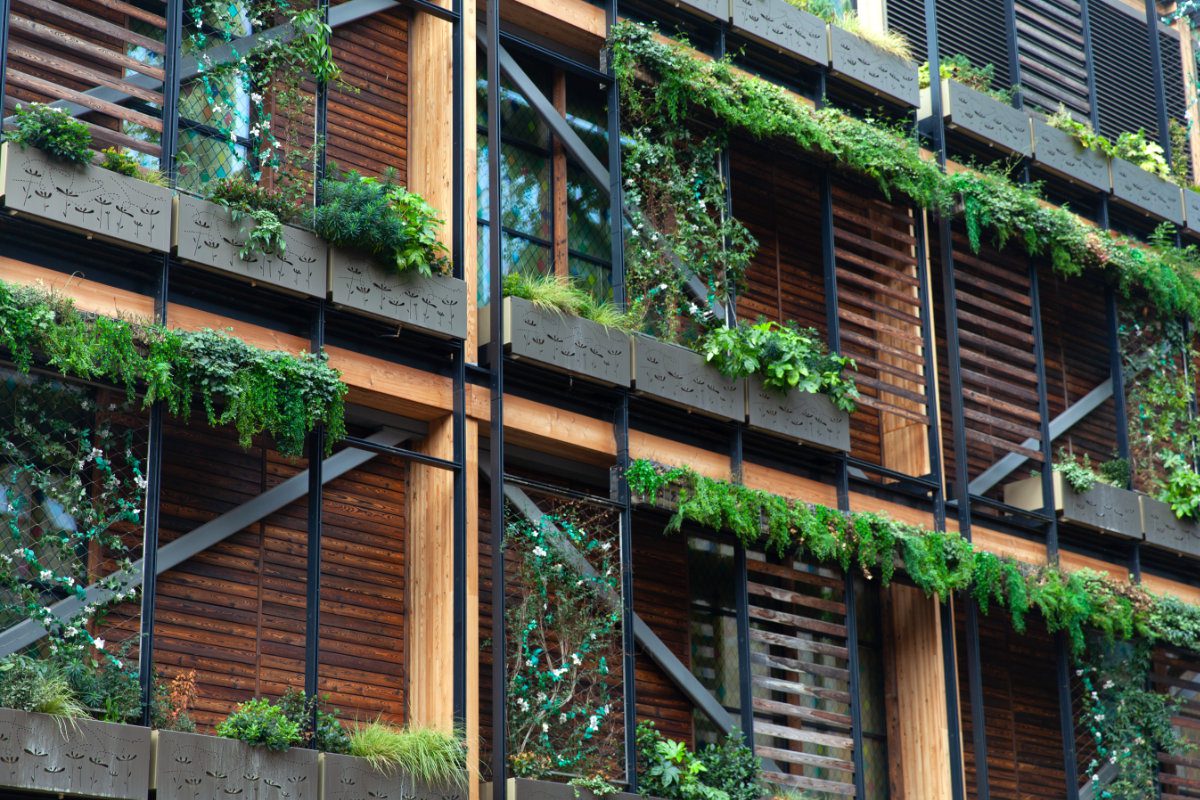
Heaton Park is the largest municipal park in Manchester… and Europe. It’s home to all manner of community groups too, from beekeepers to an astronomy club. Elsewhere, Mayfield Park in the city centre is home to a surprising number of creatures on the floodable meadows.
Stay at: YHA Manchester
Brighton
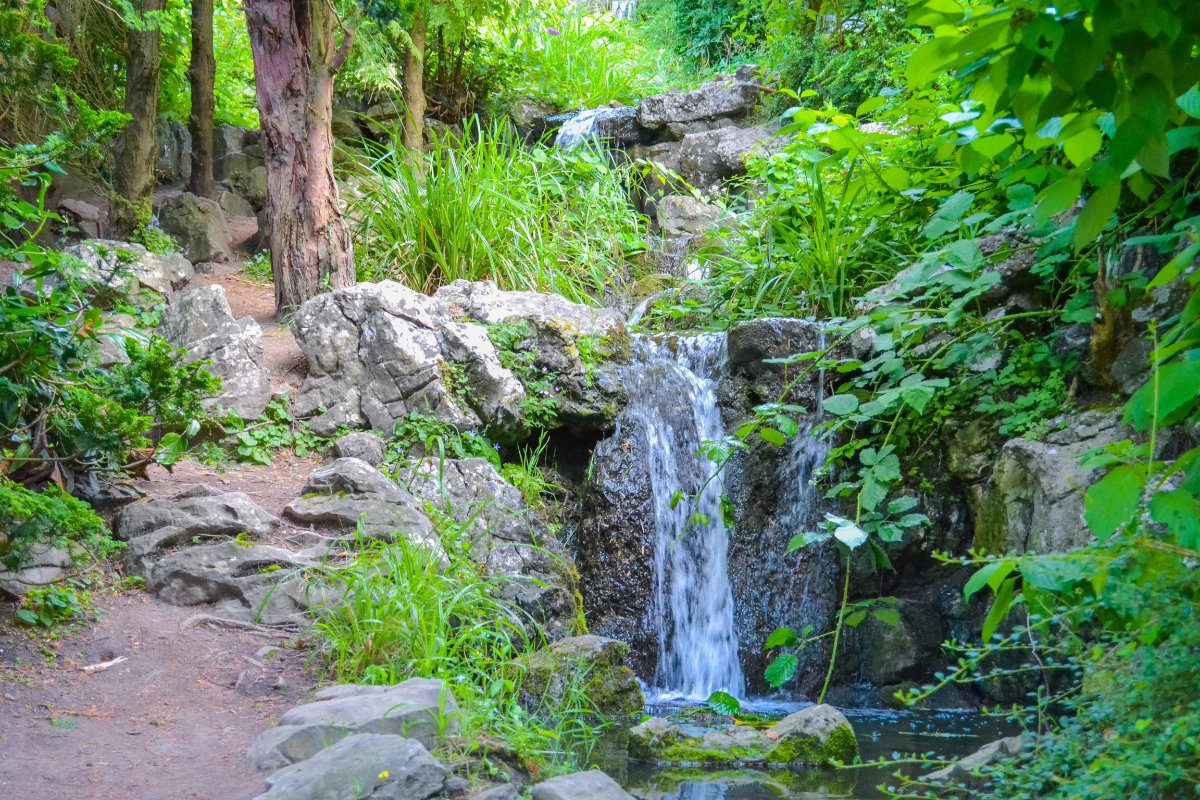
Alongside the expansive beaches and sea, Brighton has a handful of lovely parks. Preston Park is one of the largest urban parks in the city and also acts as a starting point of the annual Brighton Marathon.
Stay at: YHA Brighton
London
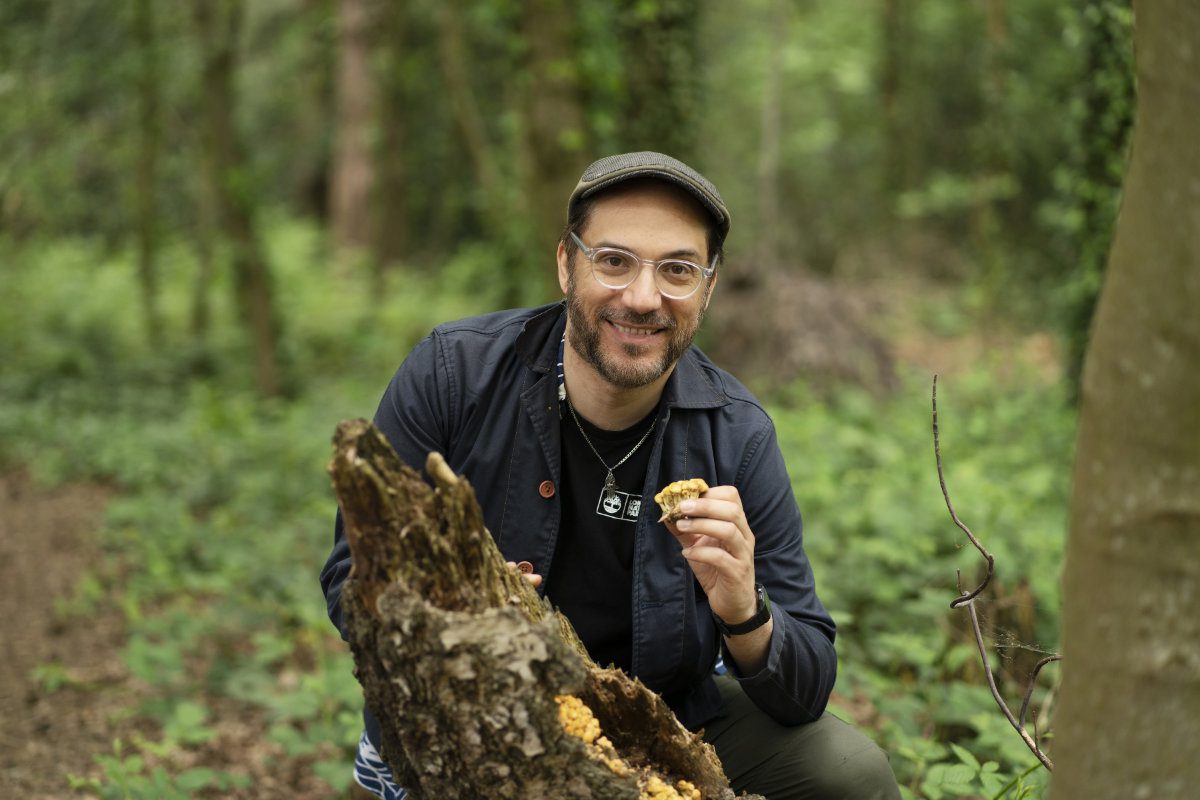
Where to start? Richmond Park draws headlines with its deer population, but for something different try visiting Battersea Park, arguably the most interesting urban park in the city. Herons, cormorants and grebes are common visitors to the pond.
Stay at: Places to stay in London
Bristol

There are dozens of beautiful parks in Bristol, but perhaps the one with the best view is Brandon Hill, offering city-wide vistas and fine panoramas over the harbour. For wide-open areas, The Downs, alongside Clifton Village, is lovely and within walking distance of Clifton Suspension Bridge.
Stay at: YHA Bristol
Liverpool

The opening of Birkenhead Park in 1847 was the first time a local authority had been allowed to use public funds for a public park anywhere in Britain. It’s since been a hub of community activities, these days offering regular wellbeing walks and a Park Run.
Stay at: YHA Liverpool Albert Dock
Swansea
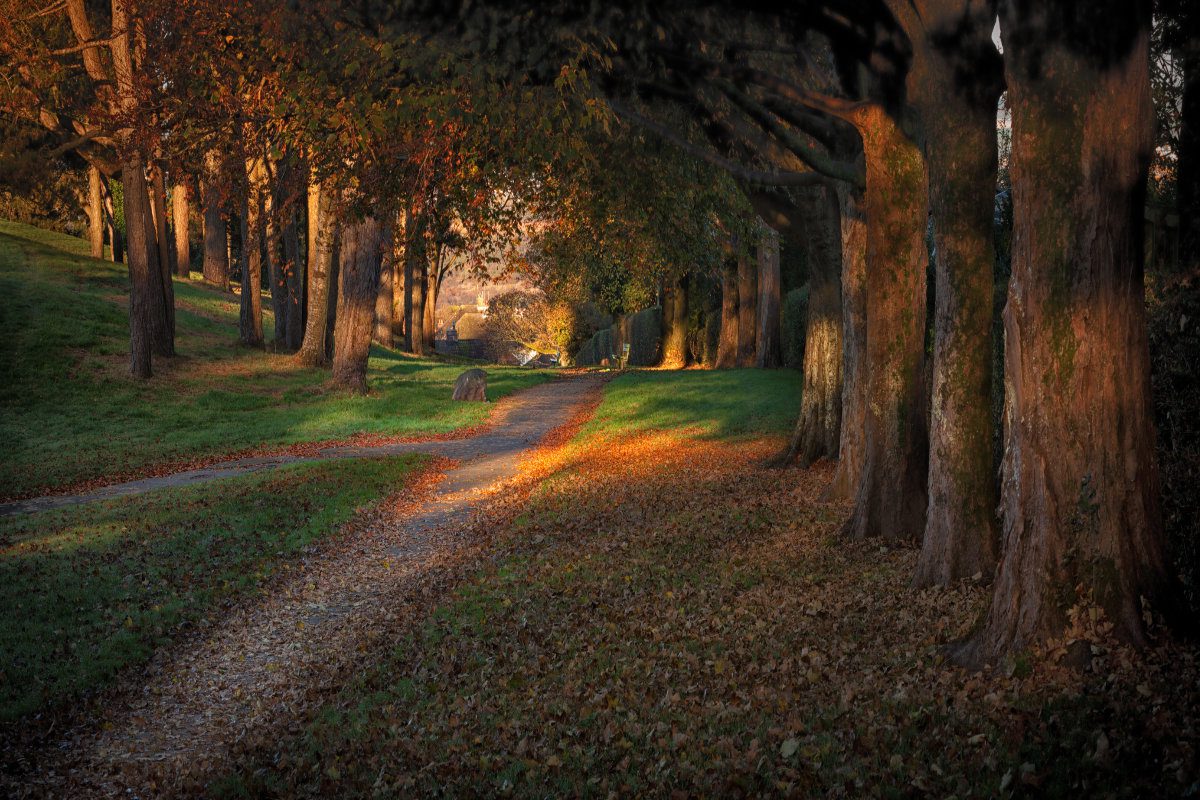
Brynmill Park dates back to 1872 as a public park and remains one of the most appealing green spaces in a city that is full of them. A recent Heritage Lottery grant has enabled it to be restored to its former glory.
Stay at: YHA Gower, YHA Port Eynon
Read next: Nine hostels for YHA Camping & Cabins
